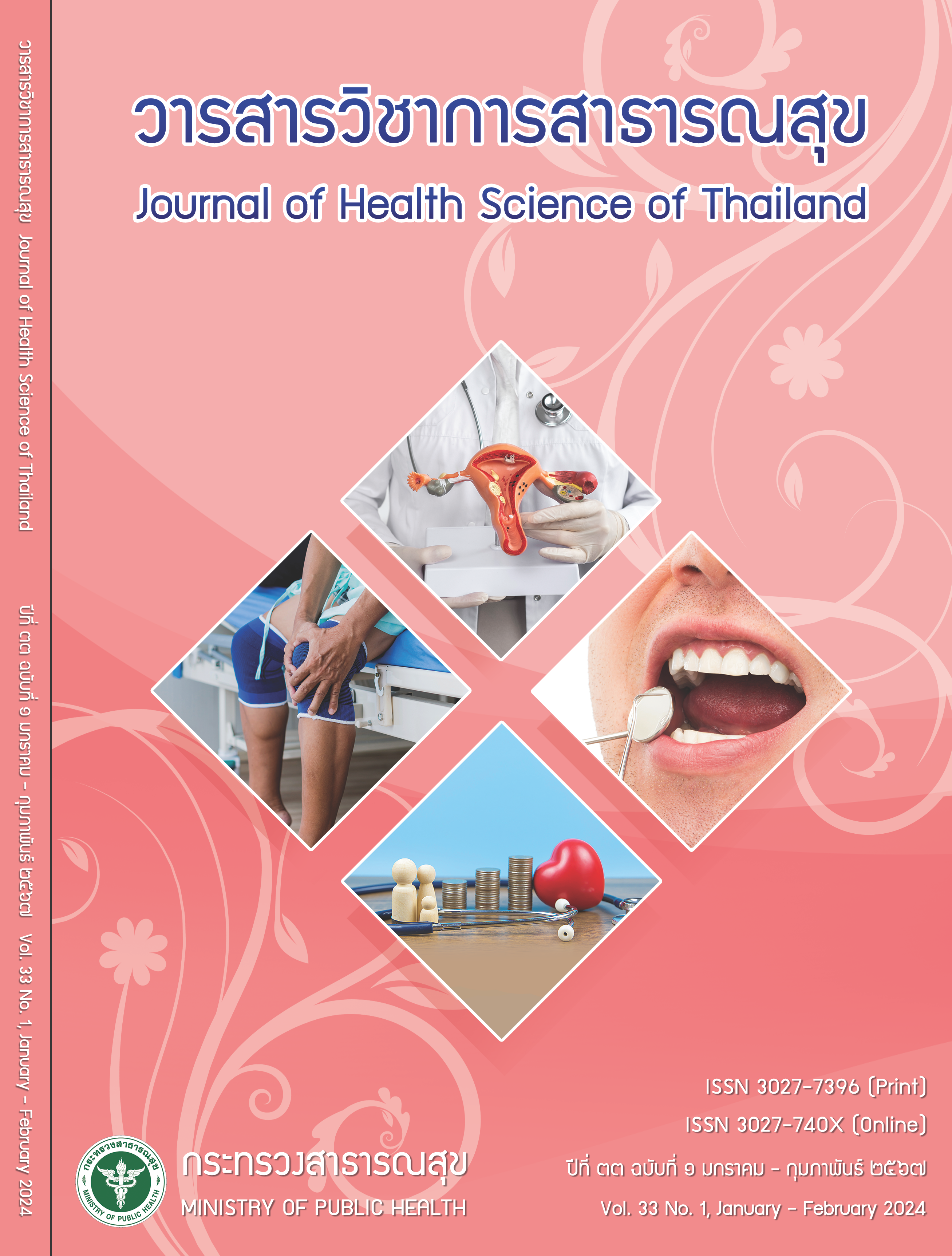Recurrent Rate of Pterygium for Pterygium Excision Surgery and Conjunctival Autograft with Preoperative and Postoperative Treatment for Allergic Conjunctivitis in Young Age Group
Keywords:
young age, allergic conjunctivitis symptoms, pterygium excision, pterygium excision and autograft, pterygium recurrent rateAbstract
Pterygium excision surgery in young age is associated with high rate of recurrent. Ophthalmologists do not recommend pterygium surgical treatment due to postoperative recurrence. On the other hand, patients want surgical treatment due to beauty issues. Controlling the rate of recurrence is, therefore, a good outcome of the pterygium surgical treatment. The objective of this study was to access the one-year recurrent rate of pterygium after excision surgery with conjunctival autograft with preoperative and postoperative control for allergic conjunctivitis symptoms in young age group patients. It was conducted from January 2016 to December 2019. The prospective descriptive study included data from history taking and physical examination among male and female patients in young age group 15-35 years old who presented with primary pterygium and allergic conjunctivitis symptoms. All patients had only primary pterygium. The patients received topical eye drop to control allergic conjunctival reaction before and after the surgery. As for the results, there were 40 eyes in 40 patients with primary pterygium, with age ranged between 17-35 years old (mean age 29.40±4.70 years). Five patients excluded from the study due to follow-up loss. The most common symptoms of allergic conjunctivitis in this study were foreign body sensation (100.00%), burning sensation (82.85%), and itchy eyes (82.85%). The most common complications in this study were chemosis graft swelling (28.57%) and sub-Tenon granuloma formation (14.28%). Only 5.71% of surgical patients recurred pterygium within 1 year. This study showed a low recurrent rate of pterygium after pterygium excision surgery and conjunctival autograft by preoperative and postoperative controlling of allergic conjunctivitis symptoms with topical eye drop in young age group patients.
Downloads
References
Dushku N, John MK, Schultz GS, Reid TW. Pterygia pathogenesis: corneal invasion by matrix metalloproteinase expressing altered limbal epithelial basal cells. Arch Ophthalmol 2001;119(5):695–706.
Aspiotis M, Tsanou E, Gorezis S. Angiogenesis in pterygium: study of microvessel density, vascular endothelial growth factor, and thrombospondin-1. Eye 2007;21(8):1095-101.
Kase S, Osaki M, Jin XH. Increased expression of erythropoietin receptor in human pterygial tissues. Int J Mol Med 2007;20(5):699–702.
Tsai YY, Chiang CC, Yeh KT, Lee H, Cheng YW. Effect of TIMP-1 and MMP in pterygium invasion. Invest Ophthalmol Vis Sci 2010;51(7):3462–7.
Liang K, Jiang Z, Ding BQ, Cheng P, Huang DK, Tao LM. Expression of cell proliferation and apoptosis biomarkers in pterygia and normal conjunctiva. Mol Vis 2011;17:1687–93.
Coroneo MT. Pterygium as an early indicator of ultraviolet insolation a hypothesis. Br J Ophthalmol 1993;77(1): 734-9.
Reid TW, Dushku N. Does human papillomavirus cause pterygium. Br J Ophthalmol. 2003;87(7):806–8.
Di Girolamo N. Association of human papilloma virus with pterygia and ocular-surface squamous neoplasia. Eye 2012;26(2):202–11.
Detorakis ET, Drakonaki EE, Spandidos DA. Molecular genetic alterations and viral presence in ophthalmic pterygium. Int J Mol Med 2000;6(1):35–41.
Cárdenas-Cantú E, Zavala J, Valenzuela J, Valdez-García JE. Molecular basis of pterygium development. Semin Ophthalmol 2016;31(6):567–83.
Di Girolamo N, Chui J, Coroneo MT, Wakefield D. Pathogenesis of pterygia: role of cytokines, growth factors, and matrix metalloproteinases. Prog Retin Eye Res 2004;23(2):195–228.
Di Girolamo N, Kumar RK, Coroneo MT, Wakefield D. UVB-mediated induction of interleukin-6 and -8 in pterygia and cultured human pterygium epithelial cells. Invest Ophthalmol Vis Sci 2002;43(11):3430–7.
Siak JJK, Ng SL, Seet LF, Beuerman RW, Tong L. The nuclear-factor KB pathway is activated in pterygium. Invest Ophthalmol Vis Sci 2011;52(1):230–36.
Pinkerton OD, Hokama Y, Shigemura LA. Immunologic basis for the pathogenesis of pterygium. Am J Ophthalmol 1984;98(2):225–8.
Anguria P, Kitinya J, Ntuli S, Carmichael T. The role of heredity in pterygium development. Int J Ophthalmol 2014;7(3):563–73.
Mohammed I. Treatment of pterygium. Ann Afr Med 2011;10(3):197–203.
Khan N, Ahmad M, Baseer A, Kundi NK. To compare the recurrence rate of pterygium excision with bare-sclera, free conjunctival auto graft and amniotic membrane grafts. Pak J Ophthalmol 2010;26(3):138-42.
Anguria P, Ntuli S, Carmichael T. Young patient’s age determines pterygium recurrence after surgery. Afr Health Sci 2014;14(1):72–6.
Hovanesian JA, Starr CE, Vroman DT. The ASCRS cornea clinical committee surgical techniques and adjuvants for the management of primary and recurrent pterygia. J Cataract Refract Surg. 2017;43(3):405–19.
Han SB, Jeon HS, Kim M, Lee SJ, Yang HK, Hwang JM. Risk factors for recurrence after pterygium surgery: an image analysis study. Cornea 2016;35(8):1097- 103.
Downloads
Published
How to Cite
Issue
Section
License
Copyright (c) 2024 Ministry of Public Health

This work is licensed under a Creative Commons Attribution-NonCommercial-NoDerivatives 4.0 International License.







